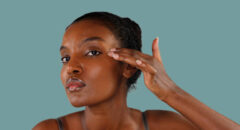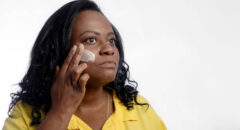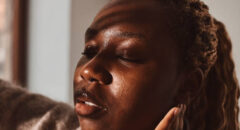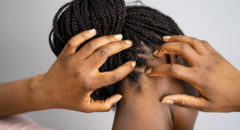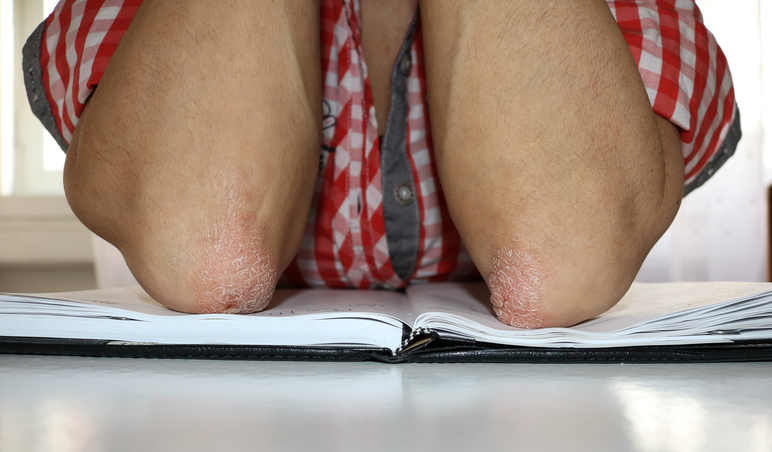
With the recent outbreak of Monkeypox, any rash or bump on the skin can be suspect. The term rash has no precise meaning but often is used to refer to a wide variety of red skin eruptions. A rash is any inflammatory condition of the skin. Dermatologists have developed various terms to describe skin rashes. The first requirement is to identify a primary, most frequent feature. The configuration of the rash is then described using adjectives such as "circular," "ring-shaped," "linear," and "snake-like." Other characteristics of the rash that are noted include density, color, size, consistency, tenderness, shape, and even temperature.
RELATED: Eczema: How To Treat Winter Flare Ups
Finally, the distribution of the rash on the body can be very useful in diagnosis since many skin diseases have a predilection to appear in certain body areas. An accurate diagnosis of a skin rash often requires a doctor or other health care professional. Continue reading to learn about the most common skin rashes on black skin and their causes.
Common Skin Rashes on Black Skin
Here are some of the most common skin rashes and what may be causing them.
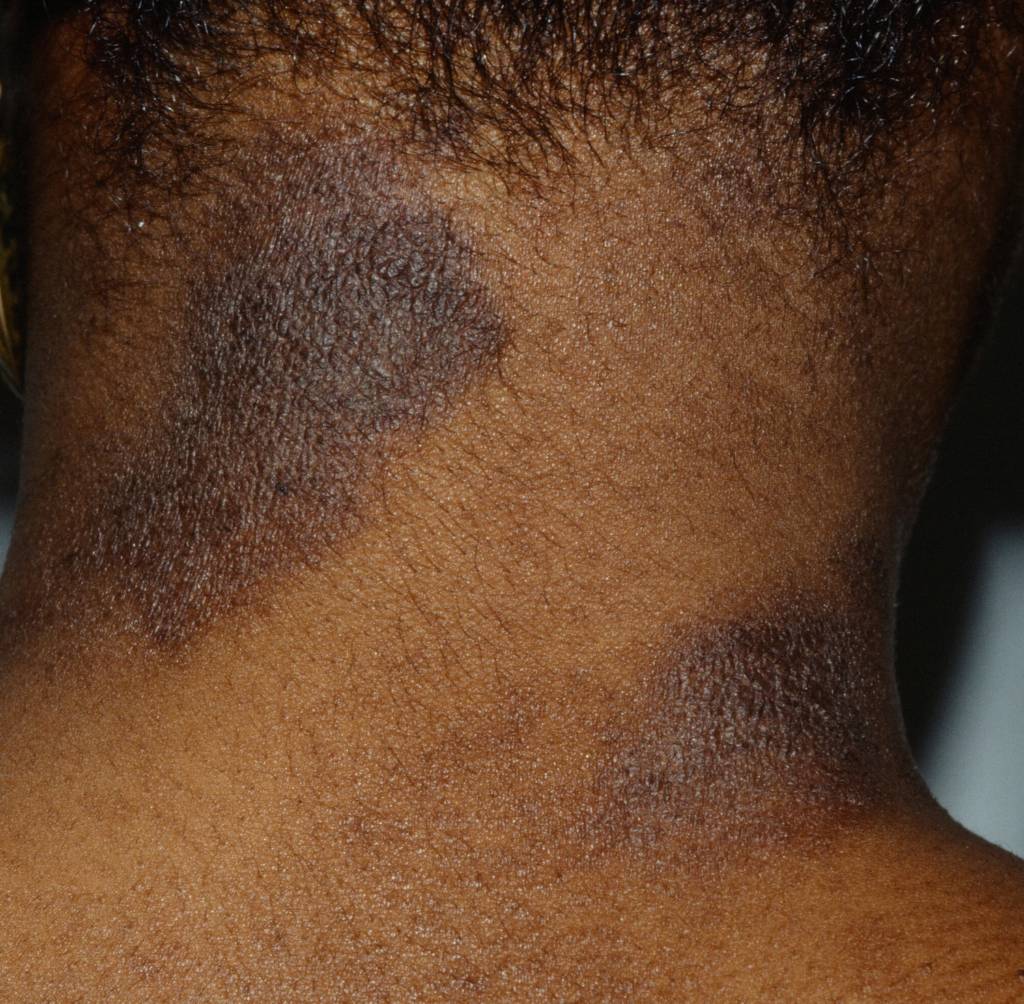
Atopic dermatitis
Atopic dermatitis, often called eczema, is a common disorder of childhood that produces red itchy, weeping rashes on the inner aspects of the elbows and in back of the knees as well as the cheeks, neck, wrists, and ankles. It is commonly found in patients who also have asthma and hay fever.
Contact dermatitis
Contact dermatitis is a rash that is brought on either by contact with a specific chemical to which the patient is uniquely allergic or with a substance that directly irritates the skin. Some chemicals are both irritants and allergens. This rash is tends to be weepy and oozy and affects the parts of the skin which have come in direct contact with the offending substance. Common examples of allergic contact dermatitis are poison ivy, poison sumac, poison oak (same chemical, different plant) and reactions to costume jewelry containing nickel.
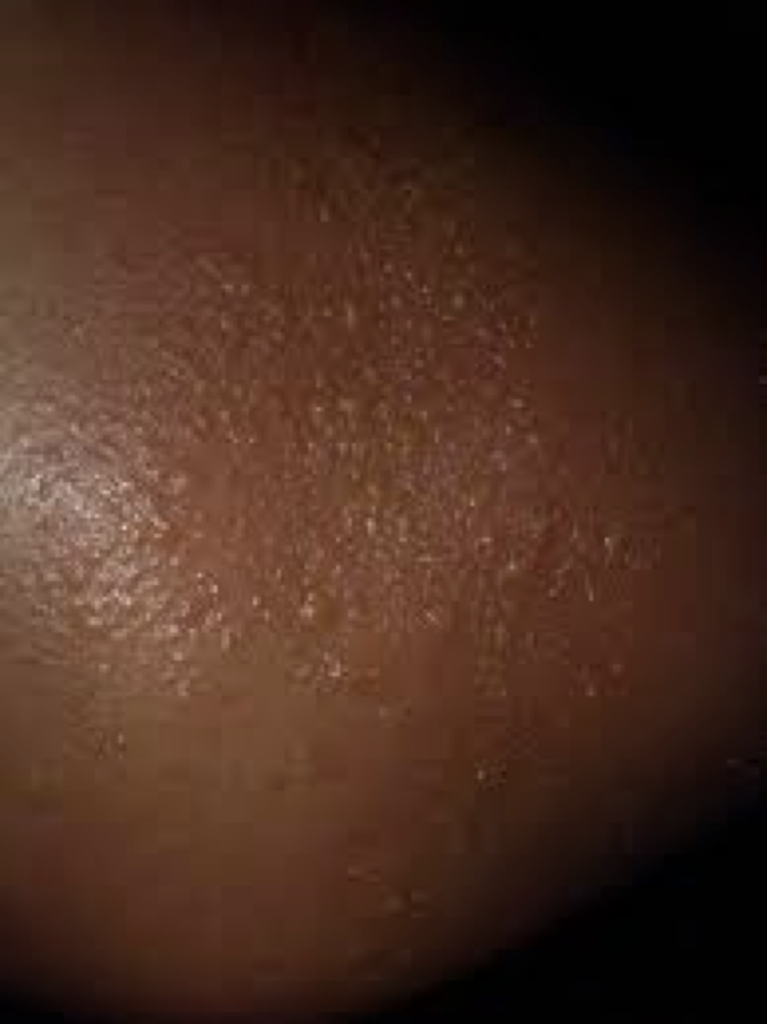
READ THIS: What is Shingles?
Heat rash (miliaria)
This skin eruption is caused by the occlusion of sweat ducts during hot, humid weather. It can occur at any age but is most common in infants who are kept too warm. Heat rash looks like a red cluster of acne or small blisters. It is more likely to occur on the neck and upper chest, in the groin, under the breasts, and in...
... elbow creases. Treatment involves moving the individual to a cooler environment.
Rashes not caused by infectious organisms like heat rashes, can be treated with over-the-counter 1% hydrocortisone cream for a week or so prior to seeking medical attention. Over-the-counter oral antihistamines like diphenhydramine (Benadryl) or hydroxyzine (Vistaril, Atarax) can be helpful in controlling the itching sensation.
Stasis dermatitis
This is a weepy, oozy dermatitis that occurs on the lower legs of individuals who have chronic swelling because of poor circulation in veins.
Psoriasis
This bumpy scaling eruption which does not weep or ooze. Psoriasis tends to occur on the scalp, elbows, and knees. The skin condition produces silvery flakes of skin that scale and fall off.
Hives
These red itchy bumps come on in a sudden fashion and then resolve in about eight hours. They tend to recur frequently. If hives are caused by a drug, that drug should be avoided in the future.
Nummular eczema
This is a weepy, oozy dermatitis that tends to occur as coin-shaped plaques in the wintertime and is associated with very dry skin.
Seborrheic dermatitis
Seborrheic dermatitis is the single most common rash affecting adults. It produces a red scaling often itchy eruption that characteristically affects the scalp, forehead, brows, cheeks, and external ears. In infants, it may involve and scalp (cradle cap) and diaper area.
Drug eruptions
Don't rule out that certain prescriptions could be making you break out as well. Certain drugs (like antibiotics) can produce a skin rash as an unwanted side effect. The common appearance is similar to rashes produced by certain common viral infections. On the other hand, drugs may produce a wide variety of other types of rashes.
ALSO READ: What Is Eczema?
Perfumes and Fragrances: Unwanted Scents
If you don't have any of the above, perfumes and fragrances may be to blame. This type of allergy is on the rise. But it's not just the stuff you use to smell good. Fragrances that may cause an allergic reaction are found in hundreds of products, including shampoos, soaps, body washes, and household products like room sprays, cleaners, laundry detergents, and dryer sheets. Even products labeled "unscented" can cause contact dermatitis because they may contain a fragrance designed to block unwanted scents. Research has shown that natural oils can also cause allergic reactions. If you're prone to fragrance allergies, look for fragrance-free products.



